
Pliers and Cutters
Pliers and cutters are indispensable tools that prove helpful in various applications. These tools are beneficial in electrical work, where they strip and cut wires. The fulcrum on these tools has jaws of varying lengths on either side, with handles at opposite ends. When force is applied to the grips, the jaws combine to manipulate the material being worked on. Opt for pliers and cutters with insulating handles for electrical purposes. These tools are designed to be comfortable and user-friendly, with different leverage pressures to suit various tasks. They come in various configurations, materials, sharpness, sizes, and shapes. From needle-nose pliers to vice grips, our store offers a wide selection of trusted brands. You can purchase individual tools or sets with different sizes and applications, so you have everything you need to do the job correctly.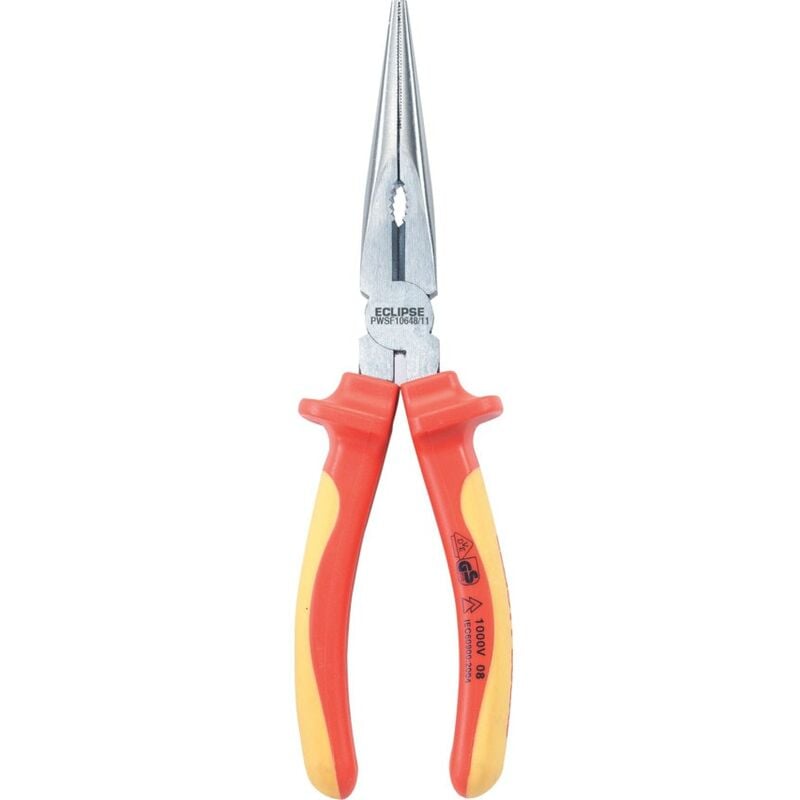

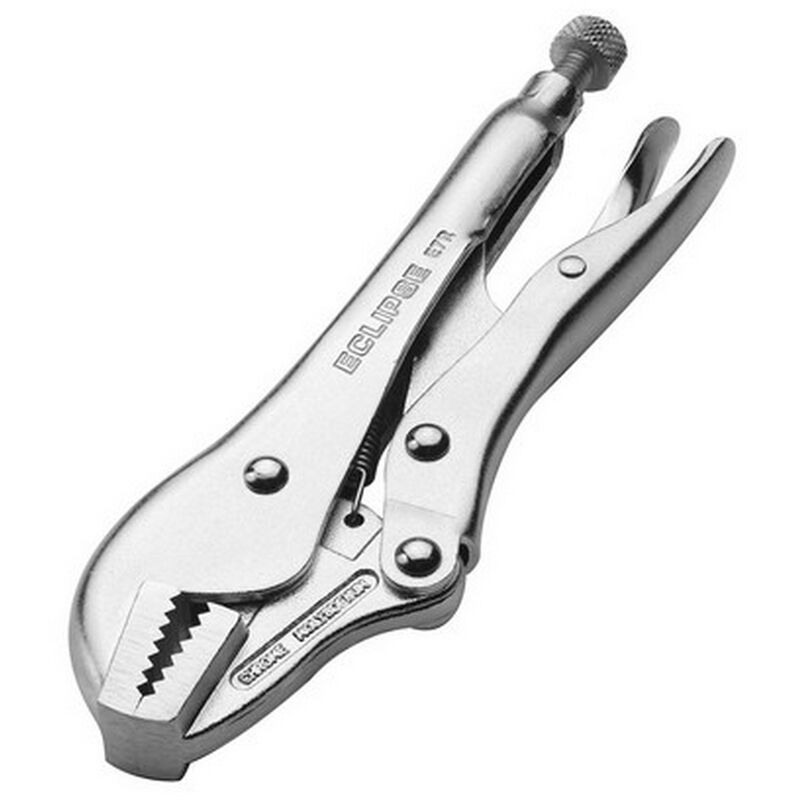

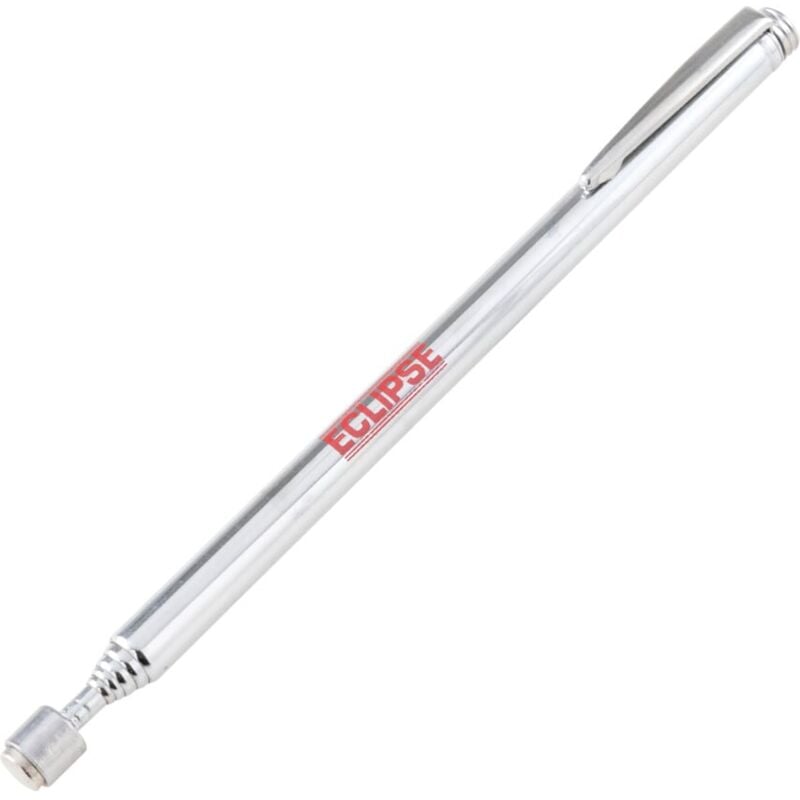
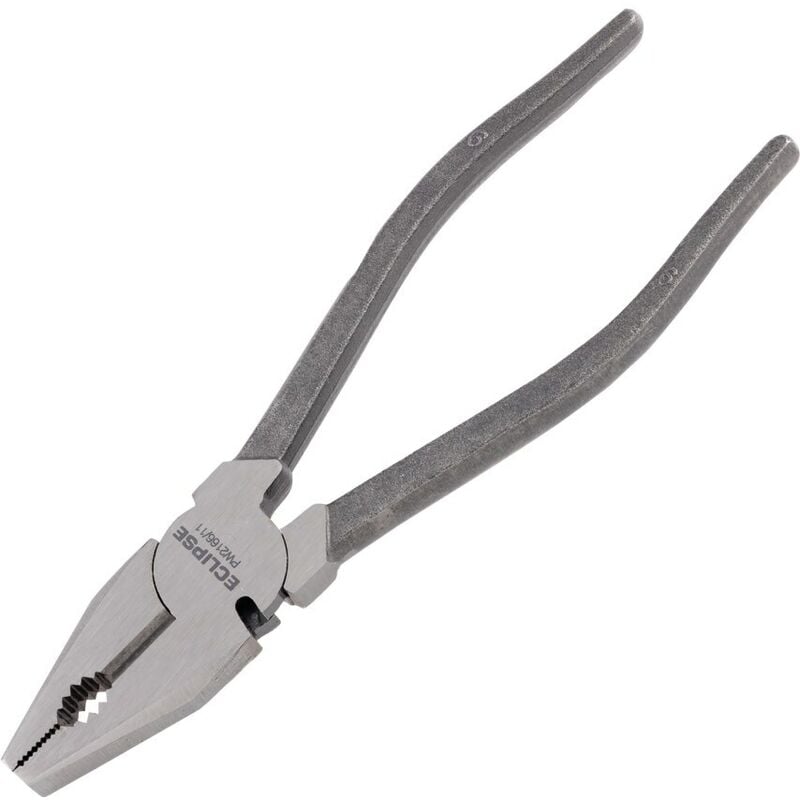
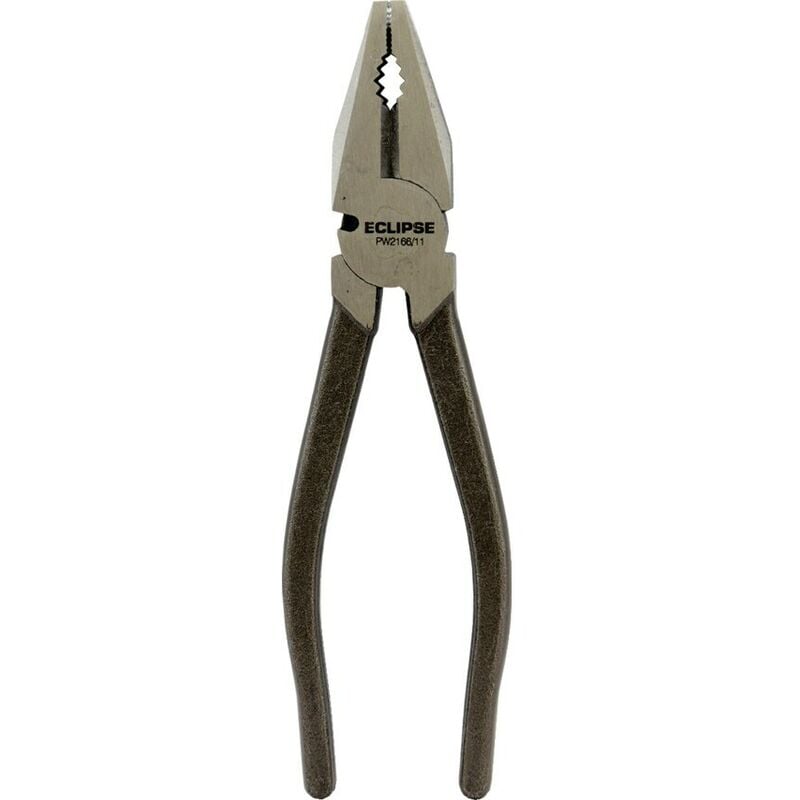
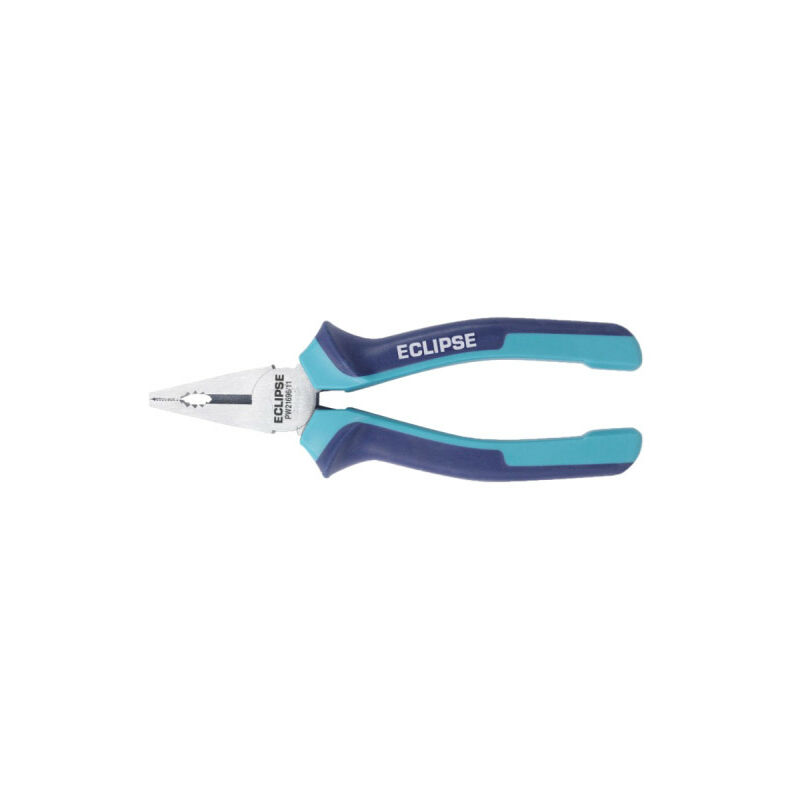



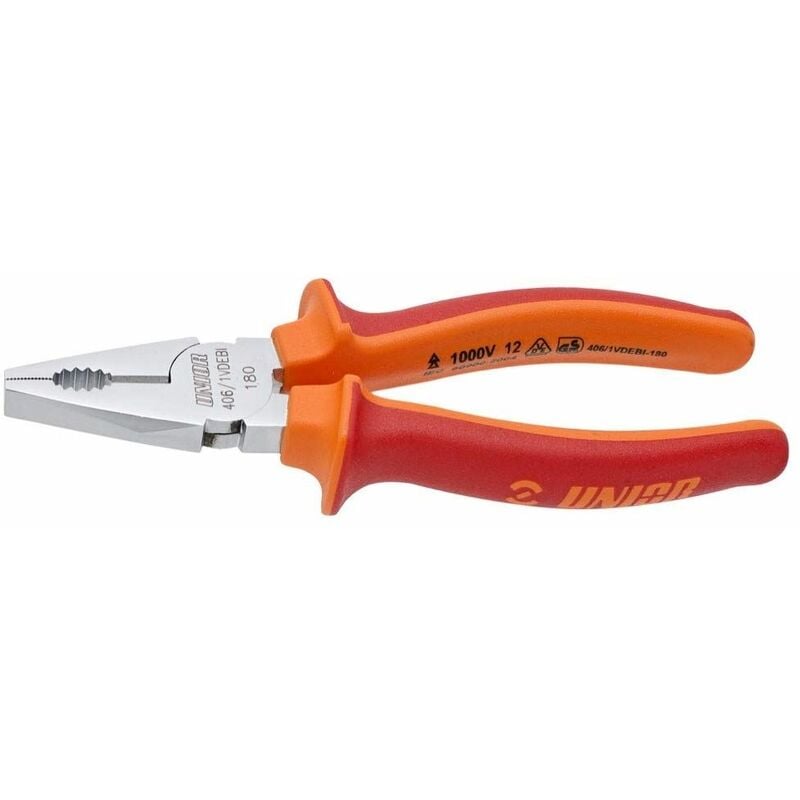
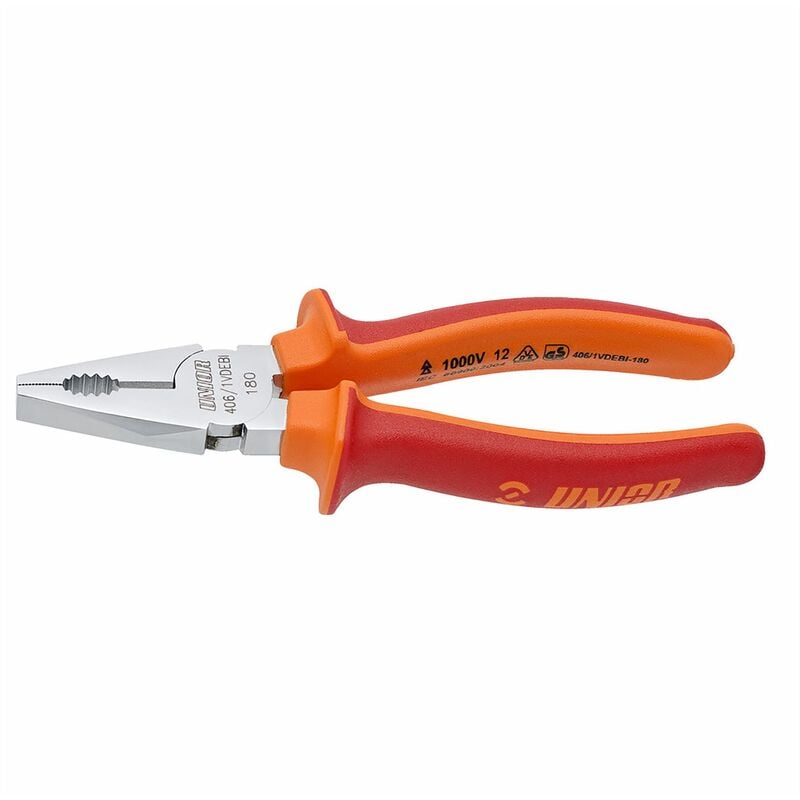
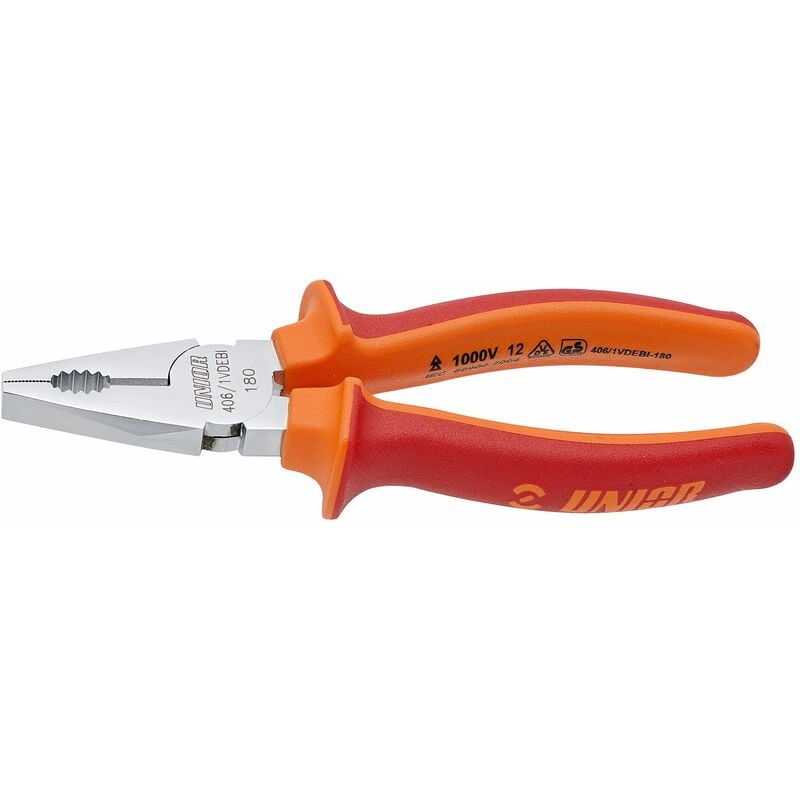

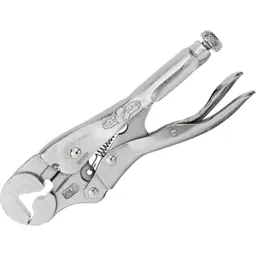
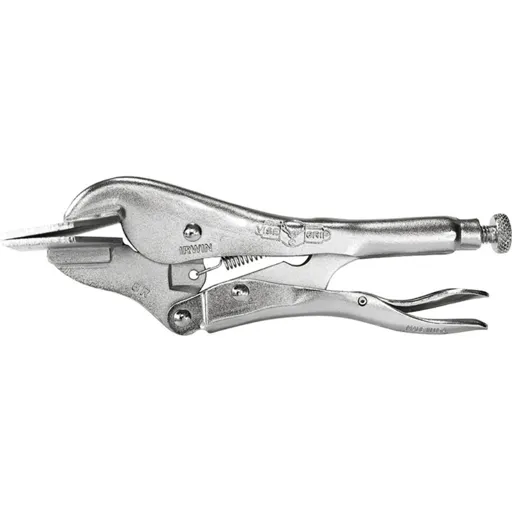
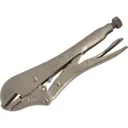
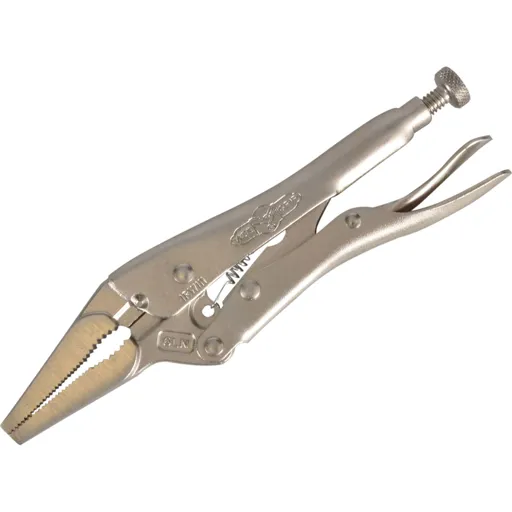




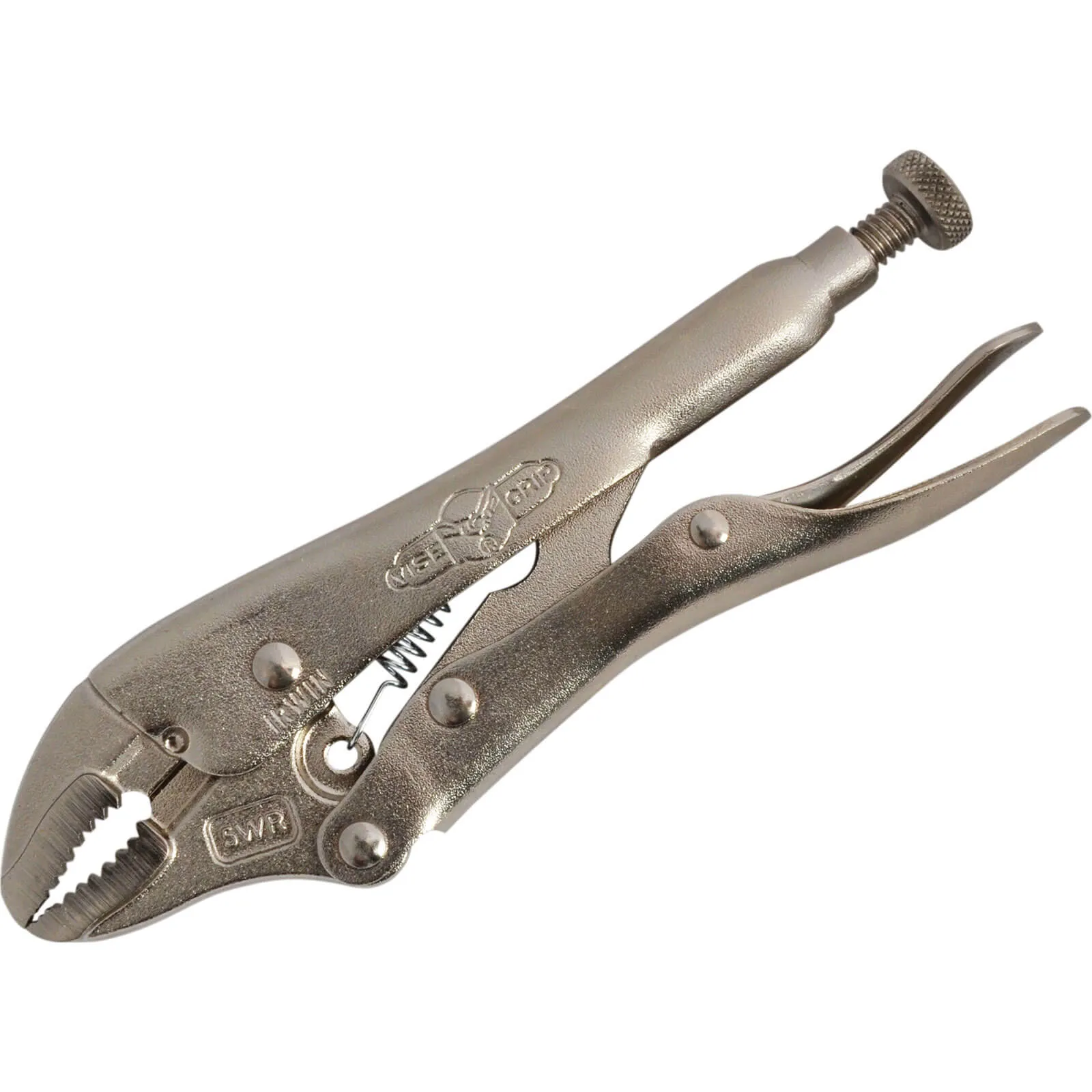
Pliers: all you need to know
Pliers are one of the most important tools in any toolkit, whether you are an electrician, carpenter, DIY enthusiast or simply a person living in a house who enjoys repairing objects independently. They are made of four components, their jaws that grab, cut or lock anything they are designed for; the cutter, which cuts through objects with precision; the handles for a comfortable grip and most importantly, the pivot point, which holds the jaws together. Cutting power and leverage significantly increase when this point is positioned close to the jaws. The most comfortable pliers have sturdy, plastic handles that prevent slipping of your hand. When operating with electricity, use those with insulating handles not to shock yourself or worse. Every plier is different and suited for other jobs; therefore, check which ones might benefit you most in this article. And when you have all the information you need, you can choose from various brands, collections of tools or single items that you can use for your next project.

Which type of pliers and cutters to choose
Before you buy a plier, it is necessary to know that there are various types and range of pliers for different uses. The most common type you already have at home is diagonal pliers. Diagonal pliers are perfect for cutting wire and other more fragile and delicate objects. Contrary to popular belief, these are not intended to tighten or grab nuts or bolt heads, even though they are sometimes used in such a manner. Another popular type is the long nose pliers. Long nose pliers live up to their name in every design aspect. Their jaws are very long, perfect for any small object that needs to be grabbed and cut with ultimate precision. They are also ideal for holding, attaching, and reaching places that are difficult to achieve. Another type that might be handy for your home usage is the locking pliers. Locking pliers, similar to long noses, also live up to their name, as their intended usage is to lock or unlock. This is one of the only exceptions where you can use a plier for loosening any nuts or bolts. The shape of their jaws has been designed to grab or lock two metals together and allow the user to twist or pull while sitting tightly on the object in question with no loss of grip force. Lastly, flat nose pliers might be useful when working on a DIY project involving wire, such as making earrings or necklaces. Flat nose pliers have a flat surface, making them ideal for holding and bending wire without snapping it in half. Not last, but one type of the pliers is combination pliers. Combination pliers got their name thanks to their universal jaws: behind the straight and circular jaws; there is also a small cutting edge. With these pliers, you can not only grip flat and round profiles or pull out objects but also cut wires and cables. Cutter pliers are divided into three basic groups. Side cutters pliers, widely used for wire cutting, end cutters and heavy-duty cutters. All three groups are for home use and should be included in the toolbox of every DIY enthusiast. Water pump pliers are trendy in home workshops, auto repair shops and other crafts. They have long arms and adjustable curved jaws, so they are straightforward to work with, and a firm grip can be achieved.
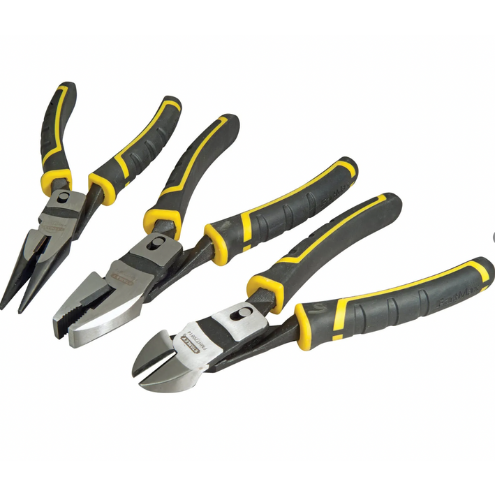
For an electrician, industry professional and more
The rest of the pliers types will only be recognisable if you are an industry professional, carpenter or electrician. But if you are, we have something interesting and helpful. For example, circlip pliers are a tool perfect for removing circlips on the insides of bores. It is necessary to be mindful of the two types of circlip pliers. When you squeeze the handle, the head closes, and the circlip is pulled in; this is an example of internal pliers. When the head opens upon pressing the handle, those are the external pliers. Those are best to be used when mounting circlips. Another popular industry type is the bend nose pliers. Living up to their name, bend nose pliers are curvy, allowing you to see what you are working on right under your nose, making them perfect for jewellery makers. However, they can also be used for bending wire or on any delicate object. One of the pliers used by electricians are crimping pliers. Crimping pliers can have fixed or replaceable jaws. When getting cheaper fixed jaw pliers, you must know what size connectors you will put on the cable. If you will be working with different connectors, you will need to purchase pliers with interchangeable jaws.
The difference between pliers and cutters
Since it is used in various instances, pliers and cutters are very different for different purposes. However, a cutter is one of the four main components of a plier tool. It is designed to cut wires and bolts of several levels of thickness. When you need to cut an electric wire, it is necessary to choose a cutter with insulated handles. Be mindful that just because the handle is plastic does not have to mean it's resistant. The side cutter or the common diagonal plier are the best pliers for cutting an electric wire. This type of cutter is a more precise alternative to a knife that strips insulation of electrical cables. If you need to strip insulation first and have more options regarding the specific wire, it is best to choose a stripper. A stripper has so-called serrated teeth that help with stripping. The tool manages to strip the wire of insulation and allow you to replace or remove the wire in question without any injury.
How to choose the best cutting tool
Not all pliers will be the best fit if you need to cut with pliers. Although most pliers can cut, there are differences in surfaces, grip and strength. For example, having flat nose pliers at home from the DIY project you did years ago in school might not be the best choice to cut electrical wire with now. Not only would you potentially hurt yourself because of no insulation, but also damage your tool. Therefore, the best cutting tool for a new set of pliers would be the diagonal with insulated handles. This is the most common tool and the most versatile as well. However, if you wish to work on smaller, more delicate objects, it would also be handy if you could add the long-nose pliers to your collection. These can easily cut fragile or hard-to-reach things and are less bulky than your standard diagonals. If you might handle more cables and electrical wires, we strongly suggest accompanying these two with a side cutter. It manages to grip and splice wires firmly and strip insulation, as mentioned above. If you are looking for a good set of tools as a homemaker, these three will complete most of your jobs, and you will not need to worry about using the wrong tool.
Can you use pliers instead of wrenches?
A set of pliers are usually the toolkit staples. Generally, most of us think they might be used for any chore necessary around the house or garden. This makes them, however, one of the most misused tools, especially when it comes to tightening screws or bolt heads. This should never be the case, and you should always use wrenches. Wrenches do not leave "bite marks" on your bolt heads, are much more flexible than pliers, and their shape is designed to resist slipping from nuts, causing you an injury. Therefore, for any tightening or release, always use a wrench to avoid getting hurt and causing any damage.
Conclusion
You should have a pretty good idea of all the pliers that will make your next DIY project a breeze. We realise the amount of information is too much, so here is a quick recap of the most important facts you need to take away from this article. Never use pliers for tightening, pulling or screwing, except for locking pliers. Always use pliers with insulated handles when cutting any electrical wires. It would help if you stripped wires of insulation before operating them with side cutters or strippers. The best tool that can do it almost all is the diagonal. And if you ever forget the name of a plier tool, the term is most likely tied to its appearance or function.